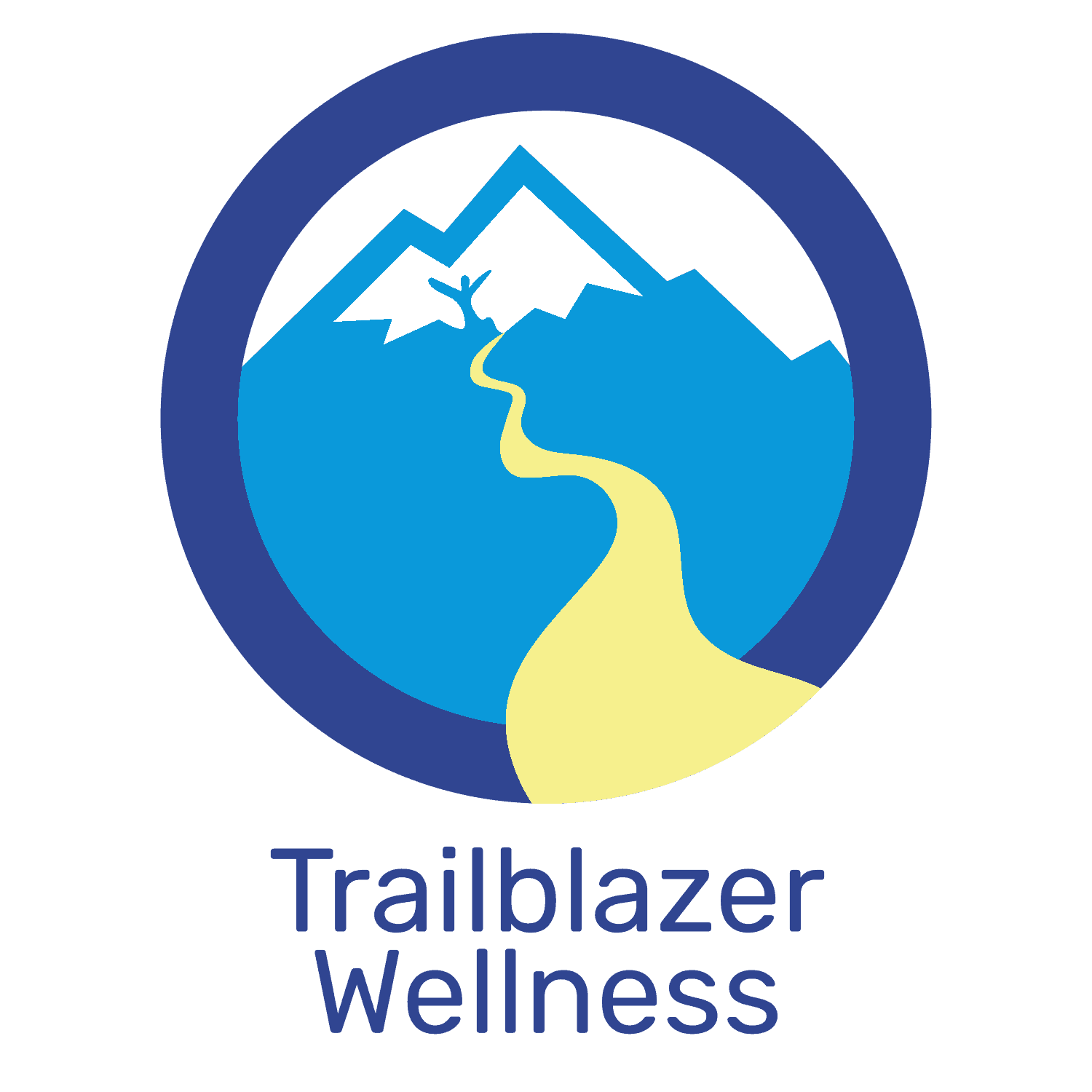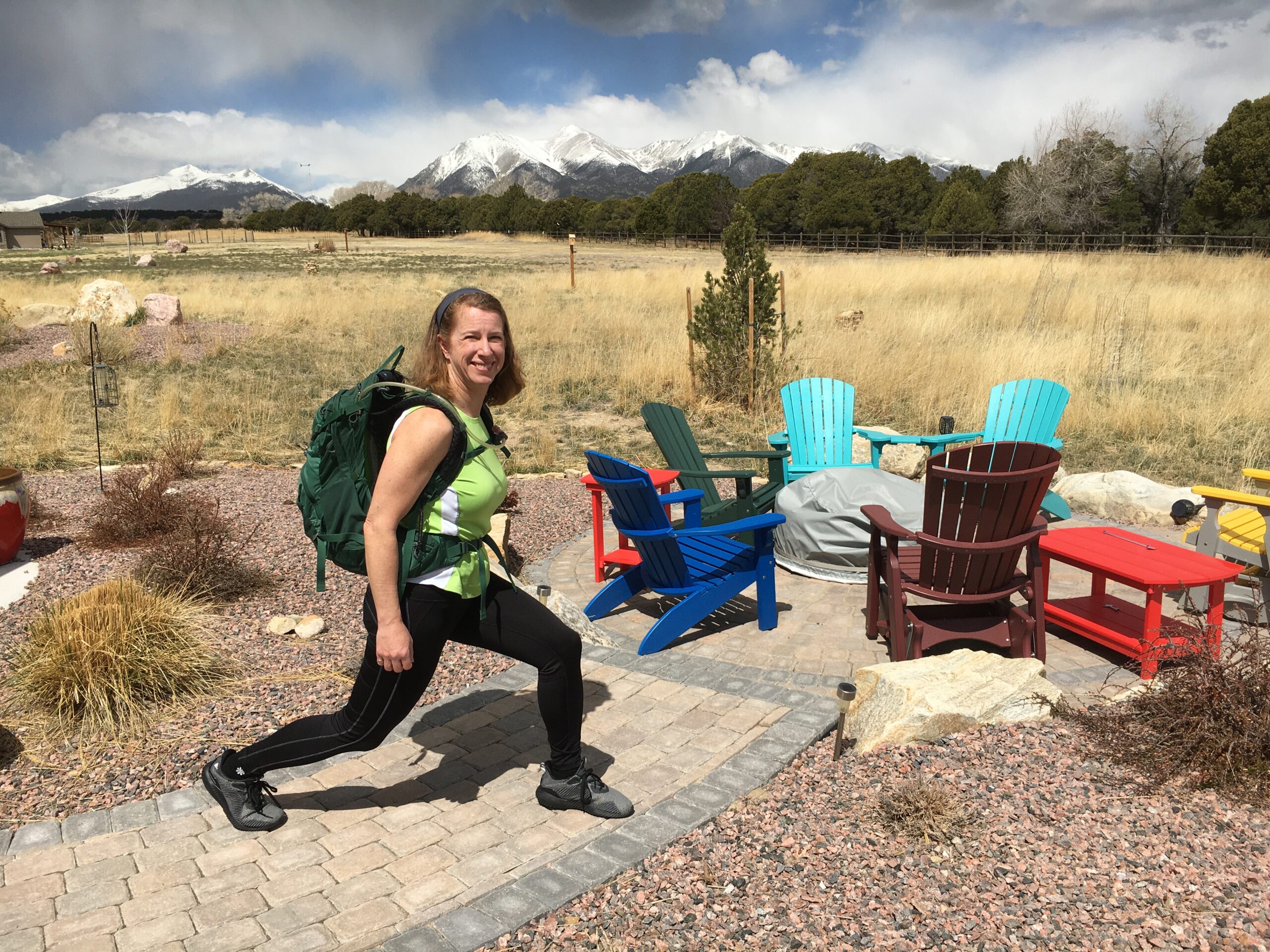An often-overlooked element of training for a hiking adventure is strength training.
Most of the advice that’s online about training for a hiking trip – including the Inca Trail or Salkantay Route to Machu Picchu or climbing Kilimanjaro – focuses on hiking to prepare. And of course, doing more of the activity you’ll be doing on your trip is important!
To have more energy and stamina for long days of hiking in a row, strength training, also called resistance training, is a key ingredient in your overall training plan.
Check out my WEBINAR on this topic: replay available here!
Why should you do strength training to prepare for hiking adventures
Including strength training as you prepare for a multi-day hiking trip helps you in several ways:
- Building stronger muscles helps your body be more durable and resilient, especially for multiple days of hiking.
- Stronger muscles give you more power and improve your efficiency as you move throughout the day.
- Being stronger reduces your risk of certain types of injuries too, such as strains and potentially sprains.
Strength training has been shown to reduce or stop muscle mass loss that can occur as we age.
For women in perimenopause and menopause (myself included!), changes in hormones impact our strength and muscle mass. Strength training can help offset those impacts.
Strength training, along with other weight-bearing exercise, also improves our bone density. This is especially important if have osteoporosis or osteopenia, or are at risk for it.
So if you want to keep doing hiking trips over the coming years – like I do – strength training will help!
Worried about making mistakes in your training? Get my free “Top 11 Training Mistakes + How to Avoid Them” quick reference guide!
Key components of strength training for hiking
Strength training routines for hiking should incorporate all major muscle groups. This includes legs (quadriceps, hamstrings, calves, glutes), core (abs and lower back), and upper body (back, chest, shoulders).
Do strength training for all muscle groups at least twice a week to achieve gains that make a difference. You can configure this many different ways, while allowing 48 hours in between strength sessions for each muscle group.
Here are some options:
- Full-body session 2x per week. A single workout that includes legs, core and upper body can be an efficient way to get this done. I usually do Monday and Thursday, and it takes me about 30 minutes per workout. Just pick two days with one or two days in between. Here’s a sample.
- Rotating which body parts you exercise throughout the week. Do one muscle group “chunk” per day and rotate to allow for the rest time. For example: Monday = legs; Tuesday = core; Wednesday = upper; Thursday = legs; Friday = core; Saturday = upper; Sunday = no strength training
- Paired sets with a day or two in between. Exercise two muscle groups per session that are spread over the week. Options to consider: Monday = upper + core; Wednesday = legs + core; Friday = upper + legs
You don’t have to spend hours at the gym to complete an effective strength training workout. In fact, the full body strength training workouts I’ve created for my clients are less than 30 minutes (not including warmup and post-session stretching).
I’m all about functionality and efficiency when it comes to strength training. To achieve that, I include many exercises that use multiple muscle groups (hello pushups!).
I also structure the workouts so while you’re resting one muscle group, you’re using another muscle group. A sequence of squats – seated twist – bent-over rows allows your legs to rest during the seated twist and rows before you go back to squats.
Now let’s get specific about what to actually do!
Leg strength for hiking
Some people think that the hiking they’re doing to get ready for their trip is enough to strengthen their legs. Yes, your legs will get stronger from doing that.
Doing specific resistance exercises where your legs work under additional load stimulate your muscles to get even stronger though. That’s why world champion runners do strength training!
Even if you’re not aiming for a personal best speed record, the stronger your legs are, the better they’ll feel at the end of the day. Plus they’ll feel better the next day!
For leg strength, the classics are classics for good reason. Squats, lunges, deadlifts and calf raises get the job done. You can start with body weight, and add your pack with weight in it to challenge your muscles as your get stronger. You should have enough resistance (weight) that your legs feel fatigued when you get to abut 12 reps. Slowing down the movement is another way to add challenge!
I also include leg exercises that work in the lateral plane (side-to-side) in strength workouts. We spend so much time going forward that our muscles supporting lateral movements tend to be underdeveloped. When we go hiking on winding and rocky trails with more angled or side steps, those muscles fatigue quickly!
Here are some lateral leg exercises I like:
- side steps with a stretchy loop band (above knees) or rope-style band with handles (rope under both feet)
- side lunges
- slide leg lift and hold – standing or lying on side
- side step-ups
Core strength for hiking
Core strength is critical for pretty much all activities you might do on an adventure trip. If you’re hiking, you’ll be using your core for stabilizing your backpack and twisting as you take it off and put it on.
If you have low back issues, you may have been told to work on your core. This is because stronger core muscles provide better support and reduce fatigue for standing and sitting.
A few of my favorite core exercises include:
- plank hold (on knees is fine, arms fully extended or on forearms)
- seated twist
- side bends
- bird dog
These simulate the bracing, twisting and bending you’ll inevitably be doing on your adventure trip. Building your strength and muscle memory for this in a controlled environment prepares your body for what’s to come.
Upper body strength for hiking
Be sure to include upper body muscles in your strength training routine. Hikers benefit from strong backs and shoulders for comfortably lifting and carrying their backpacks.
Also, if you use trekking poles (which I strongly recommend for many reasons), upper body strength will help you use them more efficiently.
Including a mix of pushing and pulling exercises sets you up for success.
Pushing exercises – pushups (of course), chest press, shoulder press
Pulling exercises – bent-over rows, upward rows and pull-ups
What to use for strength training
At this point you might be wondering how much money you’ll need to invest in this strength training stuff. Weights, equipment, and gym memberships can be expensive. The good news is, you don’t have to drop a bunch of money on any of those if you can’t afford it or don’t want to!
You can use LOTS of different things that you probably already have on hand to build strength through resistance. Here are just a few ideas:
- backpack with gear, water jugs etc. – bonus points for being able to add or remove weight as needed, and getting used to putting it on, taking it off, lifting it, etc.
- water jugs – fill with water, sand, kitty litter, etc., add or subtract the amount as needed
- books
- pets … if they will tolerate it! My cat weighs 20 pounds, though she might scratch my eyes out if I try to use her for chest press, lol!
Of course you can also use dumb bells, barbells with plate weights, kettle bells, machines, resistance bands, strap systems like TRX, weighted balls, etc.
There are lots of sources for strength training workouts. As long as they align with the suggestions above, you should get value from them. Some virtual training programs that I’ve tried include Apple Fitness, BODi (formerly Beachbody), and Les Mills.
Many gyms offer strength training classes, and some HIIT classes include strength components. CrossFit supports strength building too.
So no excuses – strength training is beneficial for everybody, affordable, and can be done just about anywhere. All it takes is some time and structure, and the payoffs in how your body feels on your hiking trip are well worth the investment!
If you’re interested in a customized plan that includes strength training workouts and coaching, check out my Adventure Coaching packages. Want to talk it through? Set up a free 30-minute consultation call.

